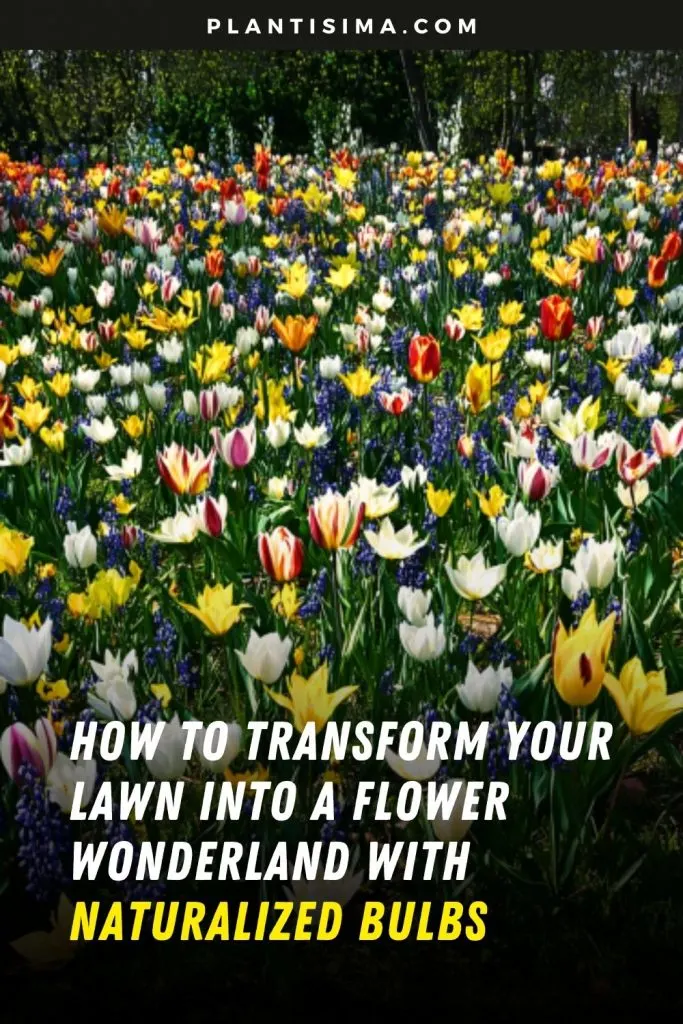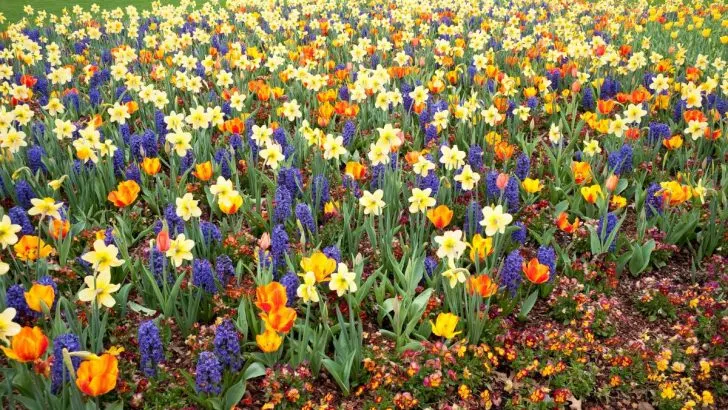Are you tired of staring at that plain, boring lawn every spring? What if I told you that your yard could explode into a colorful flower wonderland, all by simply planting a few bulbs? It’s like turning your grass into a masterpiece of nature without much effort.
Now, you might be thinking, “But lawns are classic!” Sure, they are, but with a little tweak – like naturalizing bulbs – you can have a lawn that bursts into a symphony of color every spring. And the best part? You barely have to lift a finger once they’re planted.
So, What Exactly Are Naturalized Bulbs?

“Naturalizing” is just a fancy term for planting bulbs that will take root and spread all on their own – just like they do in the wild. Ever walked through a meadow where daffodils and crocuses pop up unexpectedly?
That’s naturalizing at work! Once you plant these bulbs in your lawn, you can sit back and watch them do their magic year after year. No replanting. No fuss.
Think of it as a one-time investment in color that keeps on giving. Set them and forget them—couldn’t be simpler!
When’s the Best Time to Plant?
Timing is everything, right? Well, for your bulbs, fall is when you want to get planting. The soil needs to be cool, but not frozen. Aim for temperatures below 60°F (around 16°C), so October or November is prime bulb-planting season.
Even if you’re more of a spring gardener, planting in the fall is non-negotiable for naturalizing. Why? Because these bulbs need that chilly winter nap to perform their best come spring.
You’ll thank yourself when you see those first crocuses poking through the snow as early as January.
How to Plant Bulbs in Your Lawn
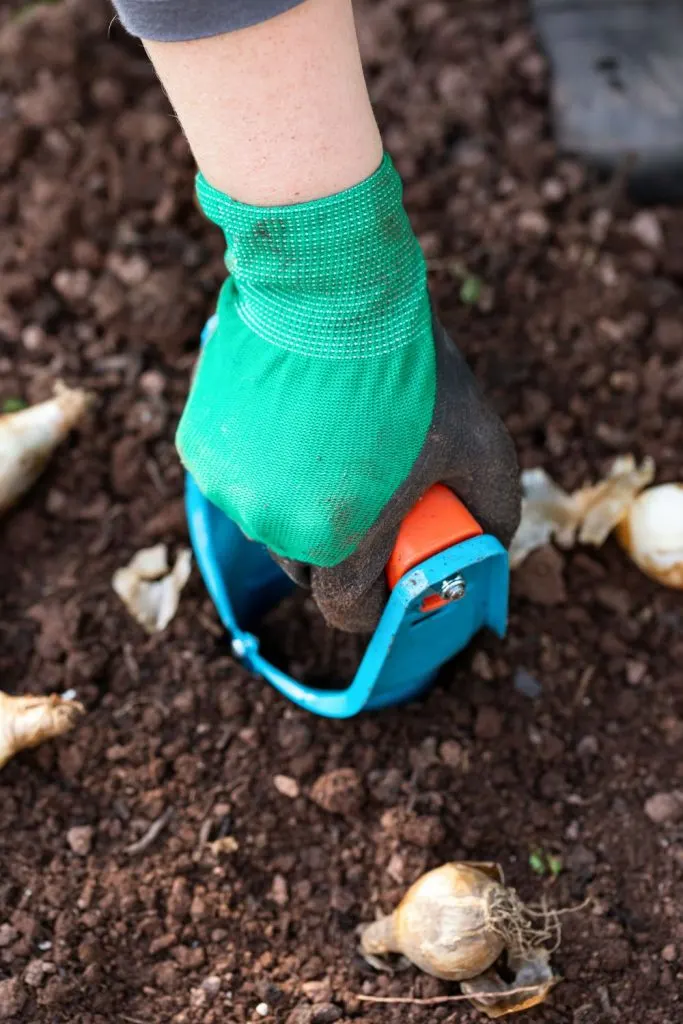
You’ve probably heard that trick about tossing bulbs in the air and planting them where they land for a natural look. Honestly, it sounds fun but can turn into a scavenger hunt, especially with tiny bulbs like crocuses.
Instead, place them where you want them, scattering them within a three-foot radius or carefully arranging them in clusters. Trust me, it’s a lot less frustrating.
For small bulbs, about ten per square foot should do the trick. If you want an even denser display, go ahead and bump it up to fifteen. And remember, you can always add more next year – gardening is a marathon, not a sprint!
Planting Scattered Bulbs
For this, you’ll want to invest in a bulb planter (think of it like an apple corer but for dirt). Pop it into the soil, pull out a plug of turf, drop your bulb in root-side down, and then replace the soil.
Don’t forget: plant them about three times as deep as the bulb is tall. And if you’re planting a whole bunch, try not to cover the holes until you’re sure everything is spaced out the way you like.
Planting in Groups
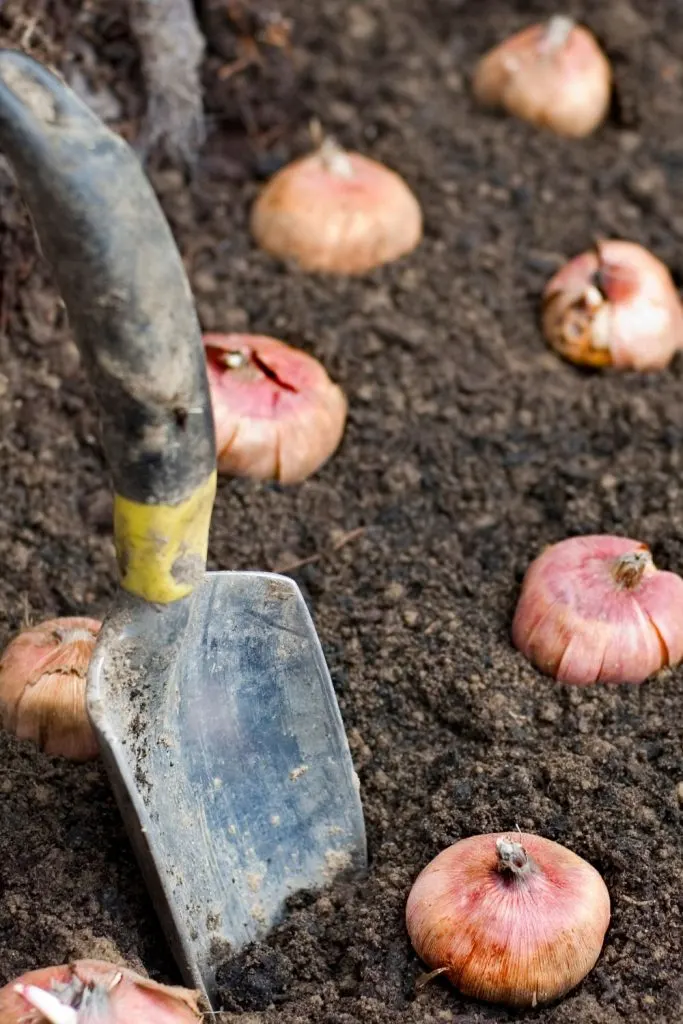
If you’re more into the clustered look, dig out about a square foot of turf and drop in 15 to 20 bulbs. Make sure to give each bulb some space to spread over the years.
Once you’ve got them in place, cover them up with soil, lightly press down the turf, and give them a good watering.
The beauty of group planting? It allows for some creative mixing – go for a variety of colors, types, or bloom times to keep things interesting!
The Best Bulbs for Naturalizing Your Lawn
Ready to take the plunge? Here are some of the best bulbs to get you started:
1. Snowdrops (Galanthus)
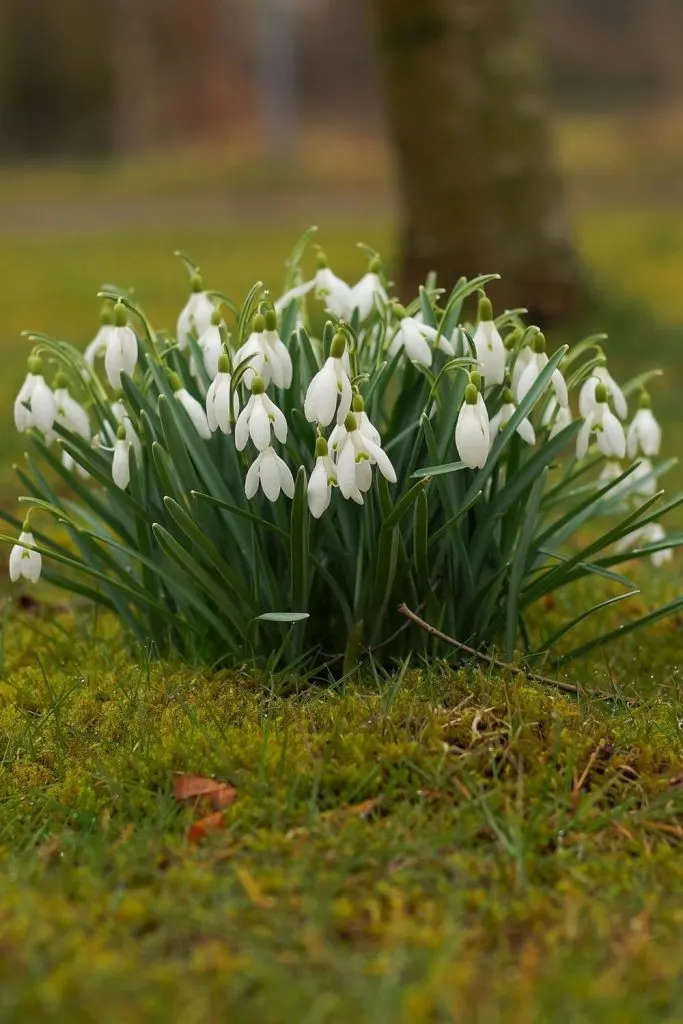
Snowdrops are the first to poke through the snow, often appearing in late winter or early spring. These delicate white flowers may be small, but they make a big impact. Plant them in shaded spots under trees or in cooler parts of your lawn for a magical winter-to-spring transition.
2. Crocus (Crocus)
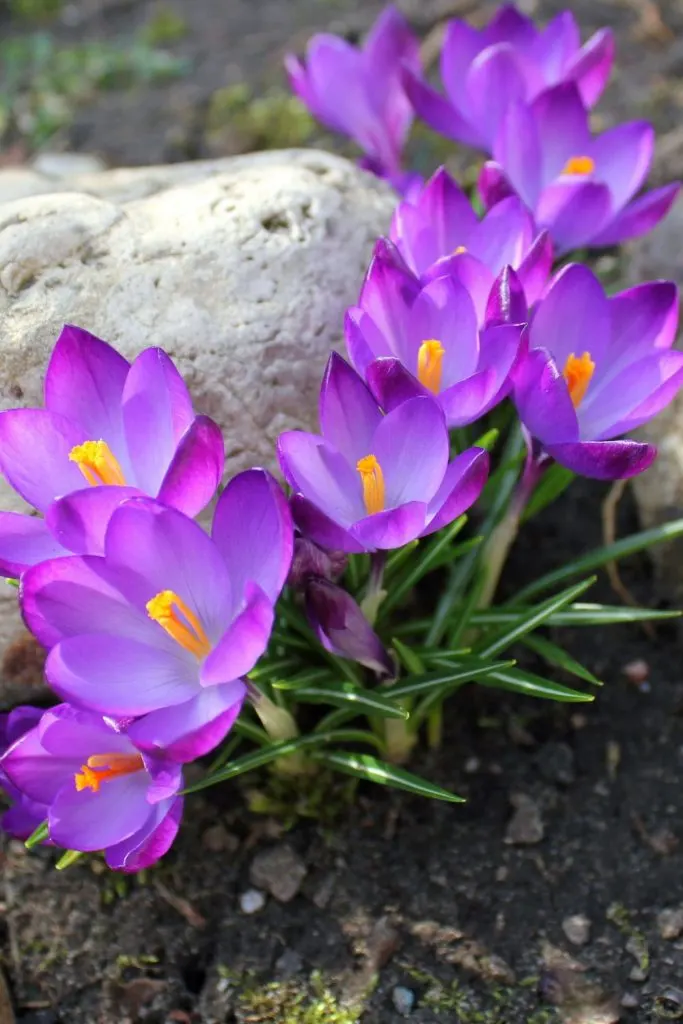
Crocuses are bright, early risers, blooming in shades of purple, white, yellow, and even pink. Not only are they beautiful, but they also provide an early source of nectar for pollinators. Perfect for scattered drifts, they bring a splash of color when your lawn needs it the most.
3. Grape Hyacinths (Muscari)
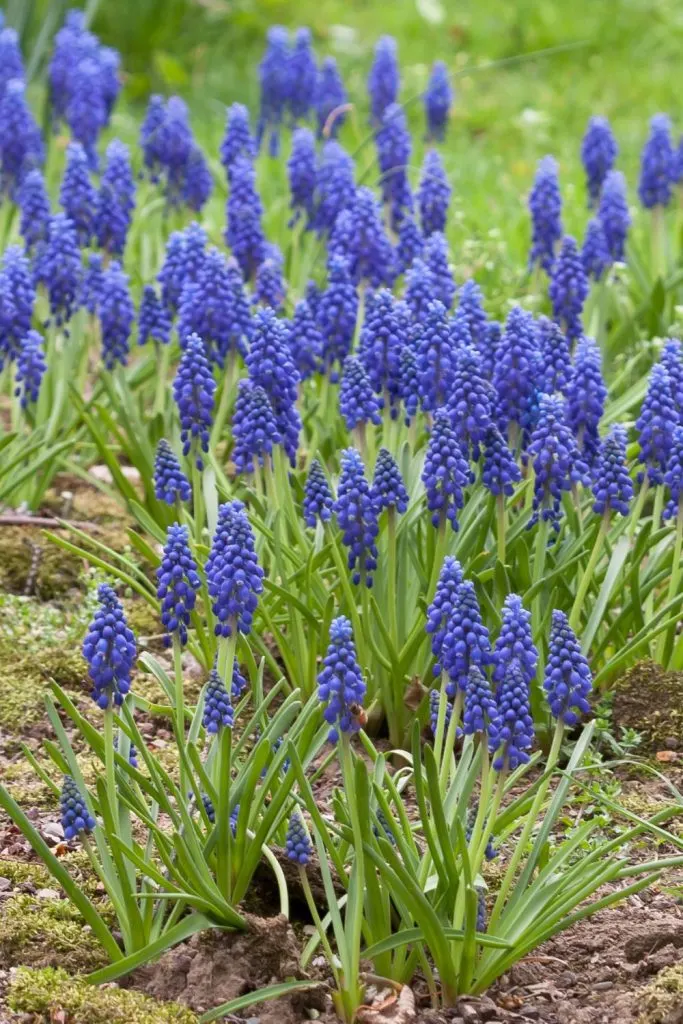
Grape hyacinths look like tiny bunches of grapes, but in bloom, they create a sea of vibrant purple-blue. They naturalize quickly and thrive in sunny or partially shaded areas. Plus, they have a subtle, sweet fragrance that will add to the sensory experience of your garden.
4. Miniature Daffodils (Narcissus)
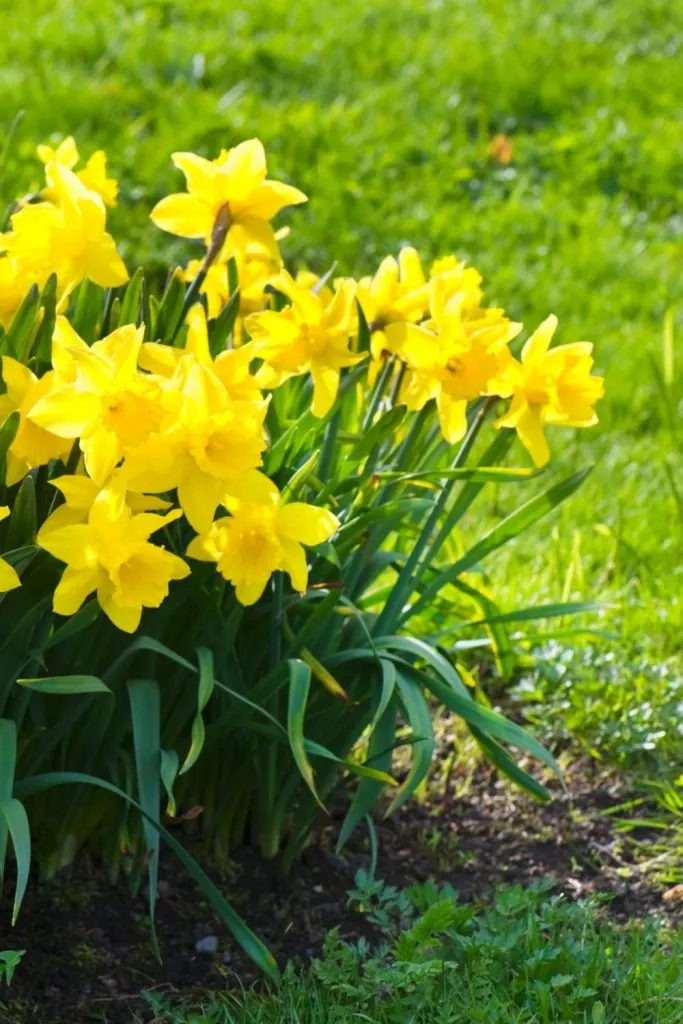
For that cheerful yellow burst, miniature daffodils are your go-to. These smaller versions of the classic daffodil are perfect for lawns because they don’t overpower other flowers. They multiply easily and will return each year with more blooms.
5. Tulips (Tulipa)
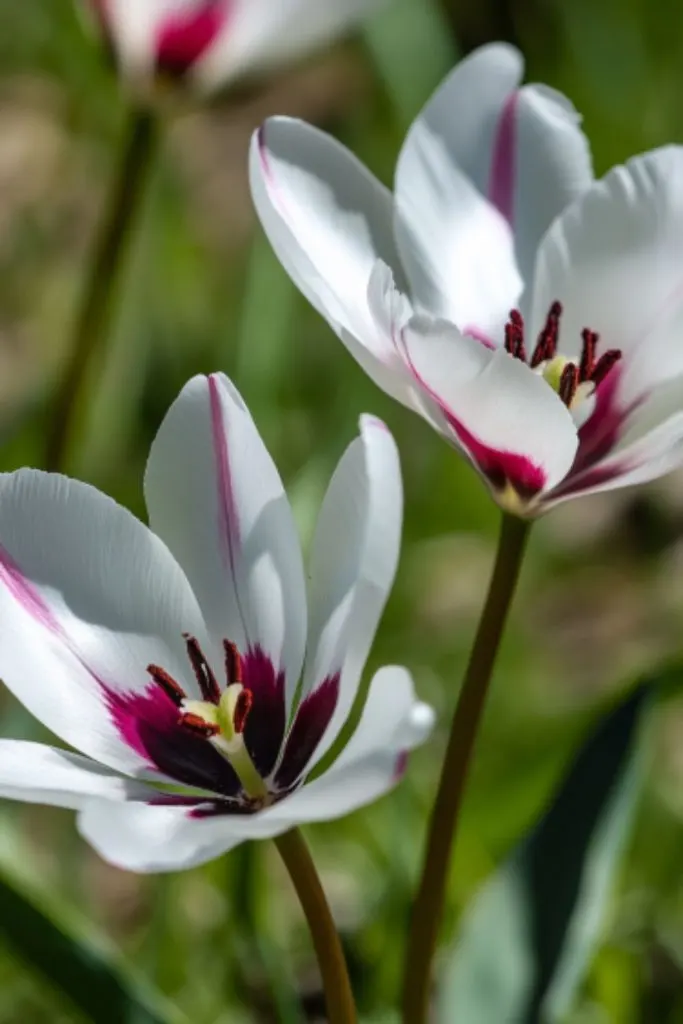
While some hybrid tulips may not naturalize well, species tulips are tough and return reliably each year. They come in a range of colors, from soft pinks to vibrant reds and yellows. Plant them in sunny spots, and you’ll have a colorful display that delights every spring.
6. Wood Anemone (Anemone nemorosa)
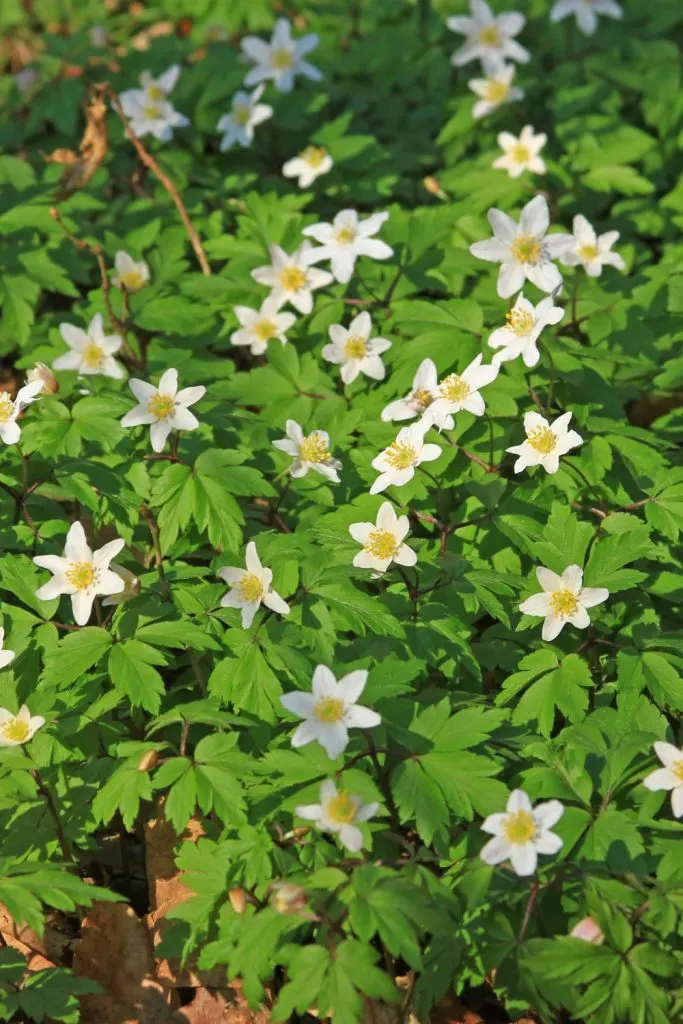
Wood anemones are delicate white or pastel-colored flowers that thrive in shady areas. They’re perfect for planting under trees or in parts of the lawn that don’t get direct sunlight. These understated blooms open with the sun and close as it sets, adding a touch of magic to your yard.
7. Dog-Tooth Violet (Erythronium)
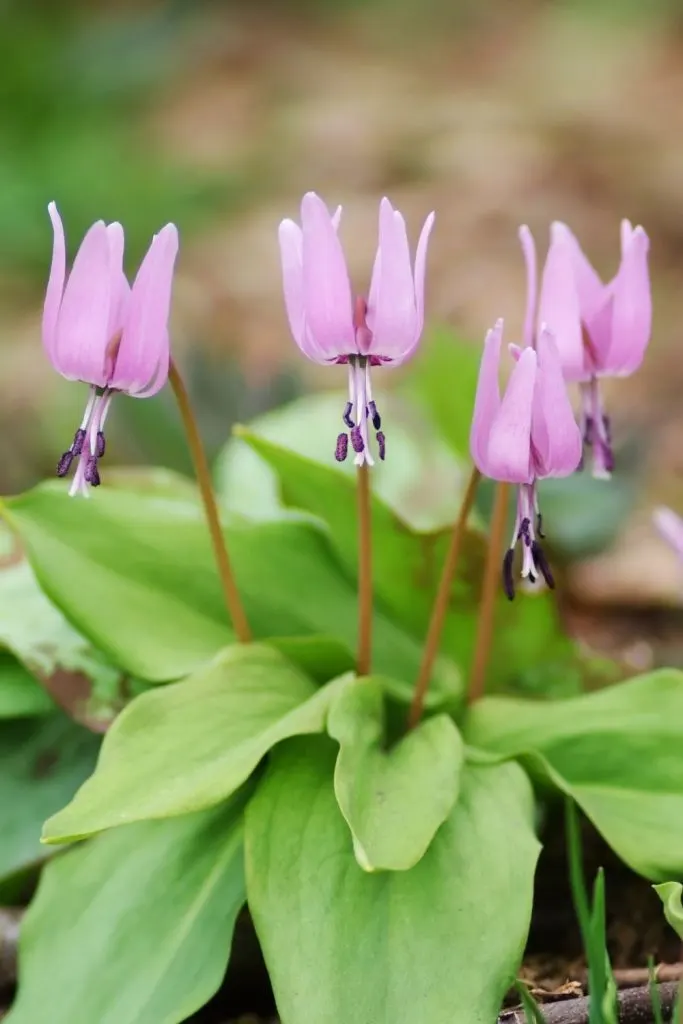
Despite its name, this isn’t a violet but a stunning woodland plant with dainty nodding flowers. It comes in shades of yellow, white, and pink. These plants are shade-tolerant and naturalize beautifully, especially in well-drained, rich soil.
8. Miniature Irises (Iris reticulata)
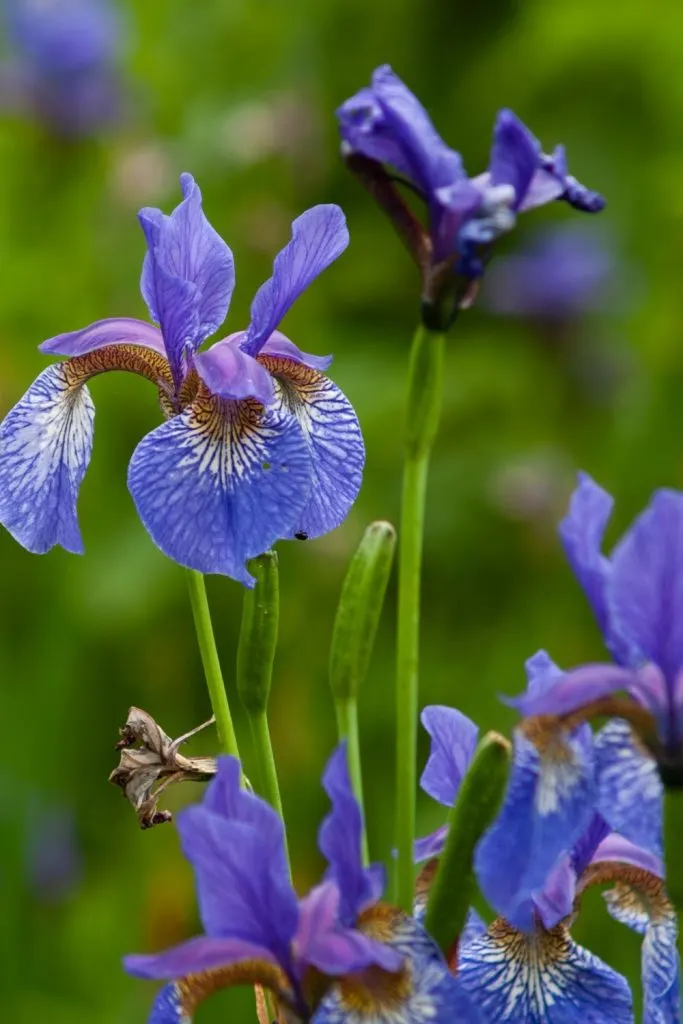
Tiny but mighty, these miniature irises bloom in early spring with vibrant shades of purple, yellow, and blue. Their petite size makes them ideal for a naturalized lawn, adding a dash of elegance just when winter starts to fade away.
9. Corydalis
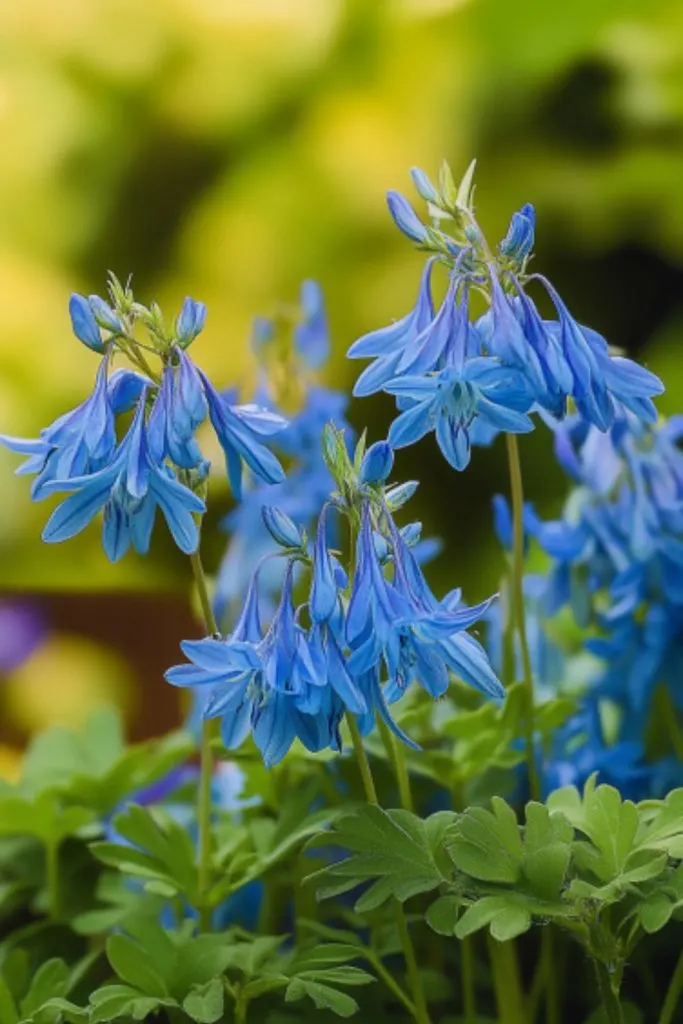
Corydalis adds an unusual yet stunning touch to your lawn with its fern-like foliage and tubular flowers in shades of pink, blue, and yellow. This shade-loving plant grows well in the grass and pairs beautifully with spring-flowering bulbs like daffodils.
10. Snake’s Head Fritillary (Fritillaria meleagris)
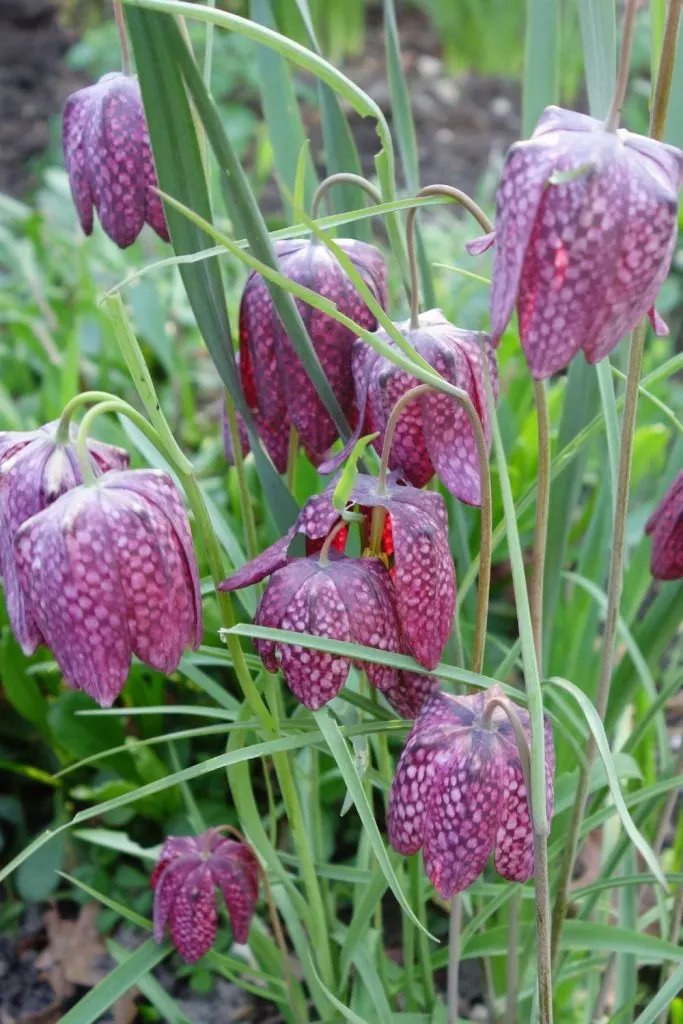
With its distinctive checkered pattern, snake’s head fritillary is a showstopper. These delicate, nodding flowers in shades of purple and white thrive in damp, partially shaded areas of your lawn. They bring a whimsical, almost fairytale-like feel to any spring garden.
Caring for Your Naturalized Bulbs
Good news: once your bulbs are in, they pretty much take care of themselves. The key here is to leave your lawn alone as much as possible. Don’t go crazy with fertilizers, and definitely steer clear of herbicides.
Most bulbs love full sun, but if you’ve got shadier areas, no worries – certain bulbs like crocuses and bluebells will thrive there too. And while it’s important to water your bulbs when you first plant them, after that, they’re pretty self-sufficient. The winter rains should give them all the moisture they need.
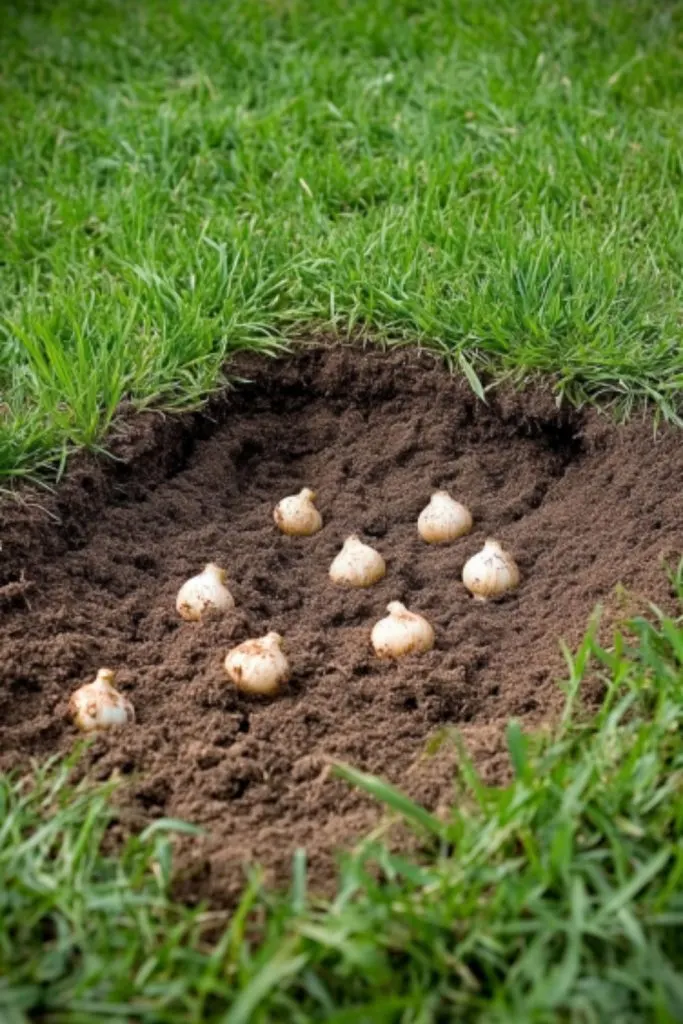
Now, here’s a tip for the impatient gardeners out there: resist the urge to mow right after your bulbs bloom. Those leaves might look messy, but they’re doing an important job – soaking up sunlight and storing energy for next year’s flowers. Wait until the leaves turn yellow or brown before trimming them down.
Do I Need to Replant Every Year?
Nope! One of the best things about naturalized bulbs is that they keep coming back, multiplying as they go. However, don’t be surprised if you find yourself wanting to add more bulbs next fall.
It’s addictive! And even though you’ll be adding, nature will be doing her part too, making your display more impressive with each passing year.
Creativity with Your Lawn
Naturalizing bulbs in your lawn is not only easy, but it also gives you a chance to unleash your creativity. Whether you want a uniform blanket of color or a wild mix of blooms, you can experiment each season and let nature do the rest.
